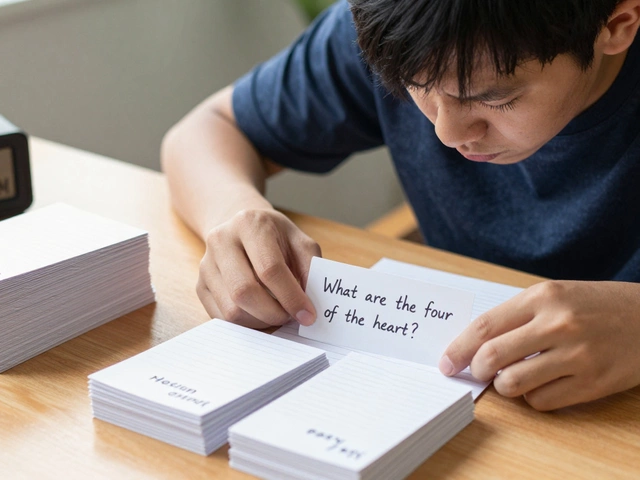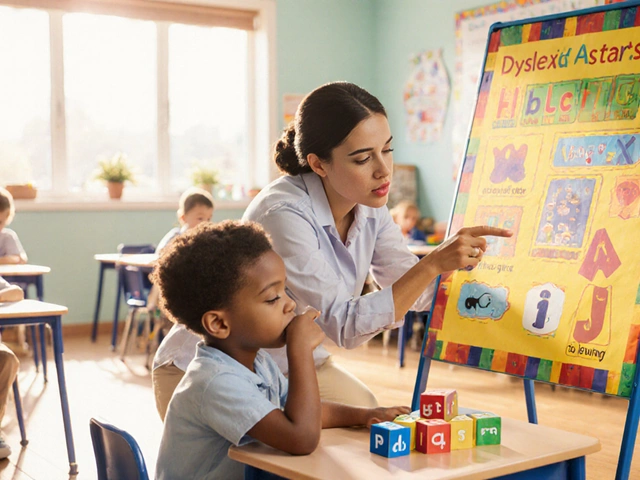Education Methods That Actually Work
If you’re looking for ways to make learning stick, you’ve come to the right spot. Below you’ll find simple, proven methods you can start using today—whether you’re a teacher, a tutor, or a self‑studying adult. No jargon, just clear steps that help learners of any age understand and remember what they study.
Classroom Strategies for All Ages
First up, the classroom. The fastest teacher training programs teach you to keep lessons short, visual, and interactive. Break a topic into 10‑minute chunks, add a quick poll or a hands‑on demo, then ask students to explain the idea in their own words. This “teach‑back” technique works for primary pupils, secondary students, and even adult learners in a workplace setting.
Special‑needs students often need extra structure. Use clear visual schedules and consistent cues. For autistic learners, simple stimming objects can help them stay focused, so keep a few fidget tools at hand. When you pair these tools with explicit instructions, you reduce anxiety and boost participation.
Online tutoring follows the same rule: start each session with a goal, use a shared screen to show examples, and end with a quick recap. Beginners feel nervous, so a short ice‑breaker—like a fun fact related to the topic—sets a relaxed tone and makes the session flow smoother.
Adult Learning Techniques You Can Use Today
Adults learn differently than kids. They bring life experience, want relevance, and often prefer self‑directed study. Start by asking what problem they’re trying to solve. Then show how the new skill answers that problem. Real‑world case studies are gold—nothing beats a story that mirrors the learner’s own work or hobbies.
Andragogy, the adult learning theory, tells us to let learners set some of the pace. Offer optional deep‑dive resources, but keep the core lesson under 20 minutes. Quick quizzes after each segment give instant feedback and keep motivation high.
If you’re designing a course for profit, focus on skills that pay—digital marketing, data analysis, or freelance writing. Highlight how mastering the skill can lead to a side hustle or a raise. When learners see a clear financial upside, they stick with the material longer.
Finally, remember that good learning never stops at the lesson. Provide a short “next steps” checklist—read an article, try a mini‑project, share a result with a peer. That tiny action turns knowledge into habit, which is the real goal of any education method.
Whether you’re planning a fast teacher certification, tutoring a friend for the first time, or upskilling yourself for a new job, these methods keep learning practical and effective. Try a few today and watch the results improve fast.






